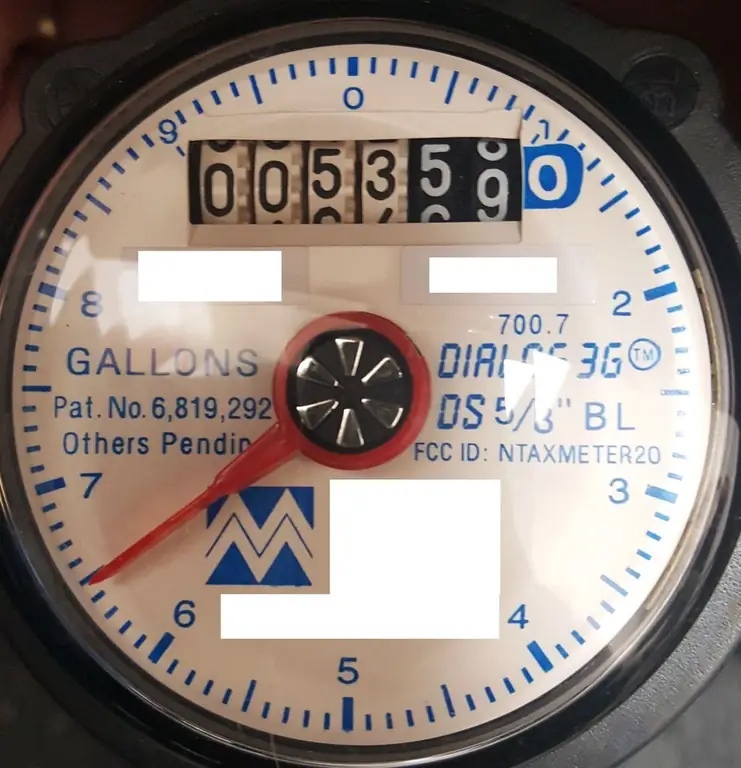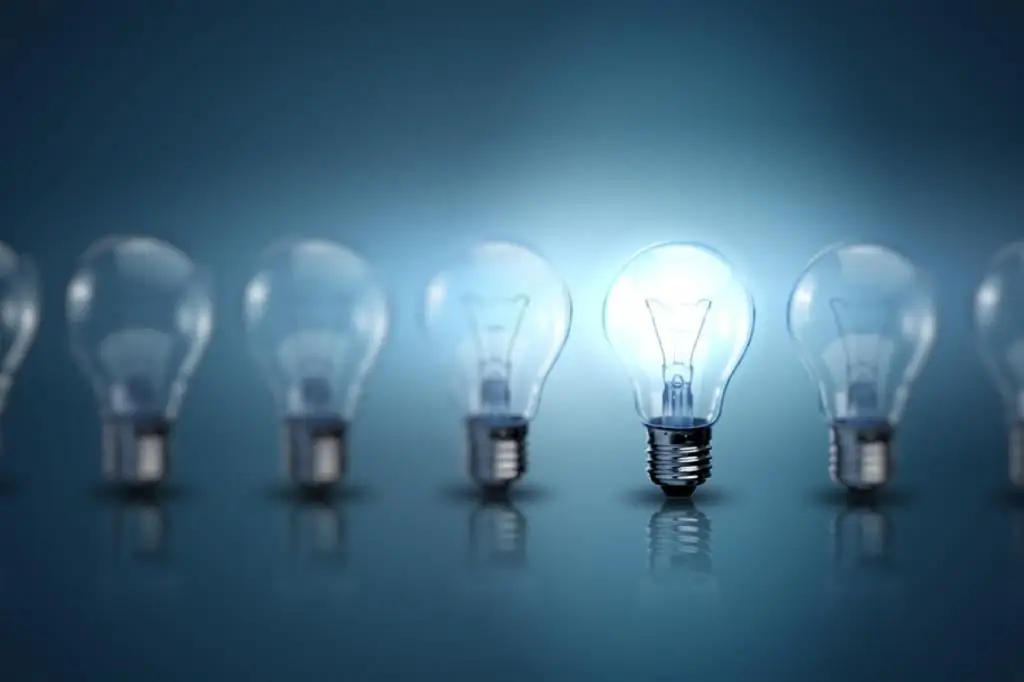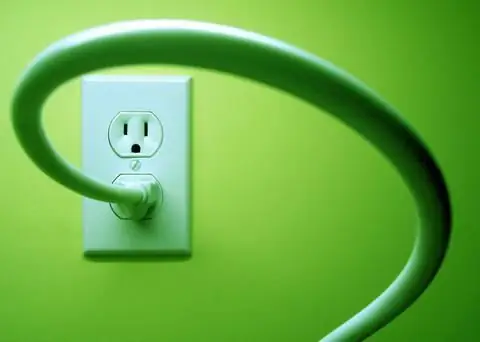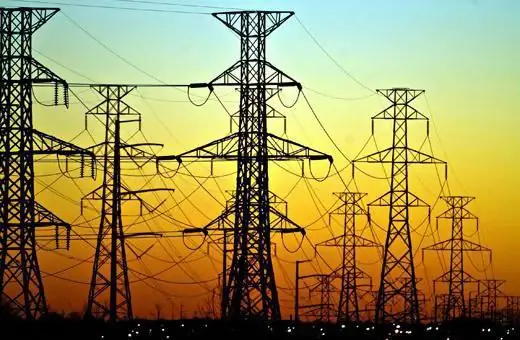2025 Author: Howard Calhoun | [email protected]. Last modified: 2025-01-24 13:10:43
From time to time, the owner of the housing faces the question of purchasing accounting devices. According to their testimony, payments are being made for the benefits provided in the form of electricity, gas, heat and water.
The power supply of residential premises occurs according to a single-phase scheme, and the device of these devices corresponds to it, showing how much energy the residents of an apartment or a private house consumed. It is measured in kilowatt-hours, which fully characterizes the essence of the goods for which payment is made. In kW, as everyone knows from a school physics course, power is measured, and in hours - time, from which it follows that the more power is consumed in a given property, and the longer it takes, the more impressive the amount of the “Total” column in the receipt.

It used to be easier
Earlier, single-phase electricity meters were all the same, in black round ebonite cases. Only the current strength for which the device was designed could differ. The device had an internal mechanism with wheels on which there were numbers. Each rotation of the previous decimal place caused the next one to rotate by one unit. Supplying theseappliances were taken over by an enterprise that provides the population with much-needed energy for a normal life. From the old days, the expression “pay for the light” remains, but today in apartments, electricity is consumed not only by light bulbs, but also by various household appliances.
Apartment single-phase electricity meters record the consumption of only active consumed energy. This is also a consequence of the old situation, when only light bulbs and spiral reflectors were included in the sockets, in which there is no reactive component, and the notorious "cosine phi" does not deviate from its unit value.

Eyes run wide
Today the situation is different. In the expanses of the former USSR, household single-phase electric meters are almost never produced, they are most often brought from neighboring countries, and one people's republic with a very large population has become the main manufacturer of such equipment (and much more). In some cases, energy supply companies recommend purchasing one or another sample of a metering device, while they are guided, as a rule, not by the interests of the consumer, but by some other considerations, among which there may be a loyal attitude of the supplier to the replacement of defective products, and favorable price for the seller.
How to choose?
Single-phase electricity meters on the market are presented in a wide range, and those citizens who decide to purchase them on their own are faced with the need to choose.
There are, for example, multi-tariff devices. It means thatenergy consumption is accounted for differently during the day and at night. In some cities, in order to even out daily consumption and reduce peak load in networks, they are trying to encourage the population to turn on heating (for example, “warm floors”) only from evening to morning. Such complicated devices are more expensive than conventional single-phase electricity meters.

The price may also depend on other parameters - for example, on the maximum current consumption, measured in amperes. For a residential apartment, 60 A is usually enough, but it happens that the presence of an electric stove and a powerful heating system increases this parameter to 100 A.
There is another important point - the information capabilities of the device. It may be remotely controlled directly by the power supply company. So far, this innovation is not widely used, but it should be expected that in the near future information about gas, water and electricity payment arrears will be immediately sent to the servers of the enterprise providing the corresponding service. Connecting a single-phase electricity meter to a single information system will greatly facilitate the payment process.
Otherwise, the choice of a counter, like any other necessary thing, is motivated by the ratio of price and quality, as well as the advice of friends and acquaintances.
Recommended:
Shelf life of water meters: period of service and operation, verification periods, operating rules and time of use of hot and cold water meters

The shelf life of water meters varies. It depends on its quality, the condition of the pipes, the connection to cold or hot water, the manufacturer. On average, manufacturers claim about 8-10 years of operation of devices. In this case, the owner is obliged to carry out their verification within the time limits established by law. We will tell you more about this and some other points in the article
How to pay for electricity via the Internet? Payment for electricity on a personal account via the Internet

After the Internet has firmly and closely merged into Russian reality, online financial transactions have ceased to be a unique product for an ordinary person. Online payment operations, even for an inexperienced PC user, are quite simple. In this article you can find detailed instructions on how you can pay for electricity using the Internet
How to choose the right business card size, paper and design?

This article explains how big a business card should be, what paper it can be printed on, and how to choose the right design to reflect the essence of your business
How do they pay for electricity? Payment for electricity: how to transfer meter readings, calculate and pay?

How to pay for electricity correctly? What do the notorious "kilowatts" depend on? These burning questions sometimes require an immediate and accurate answer
Guaranteed electricity supplier is List of electricity suppliers

SOE (Guaranteed Electricity Supplier) is a government-regulated energy retail company. She is obliged to conclude an agreement for the supply of energy with any applied consumer located in her service area

